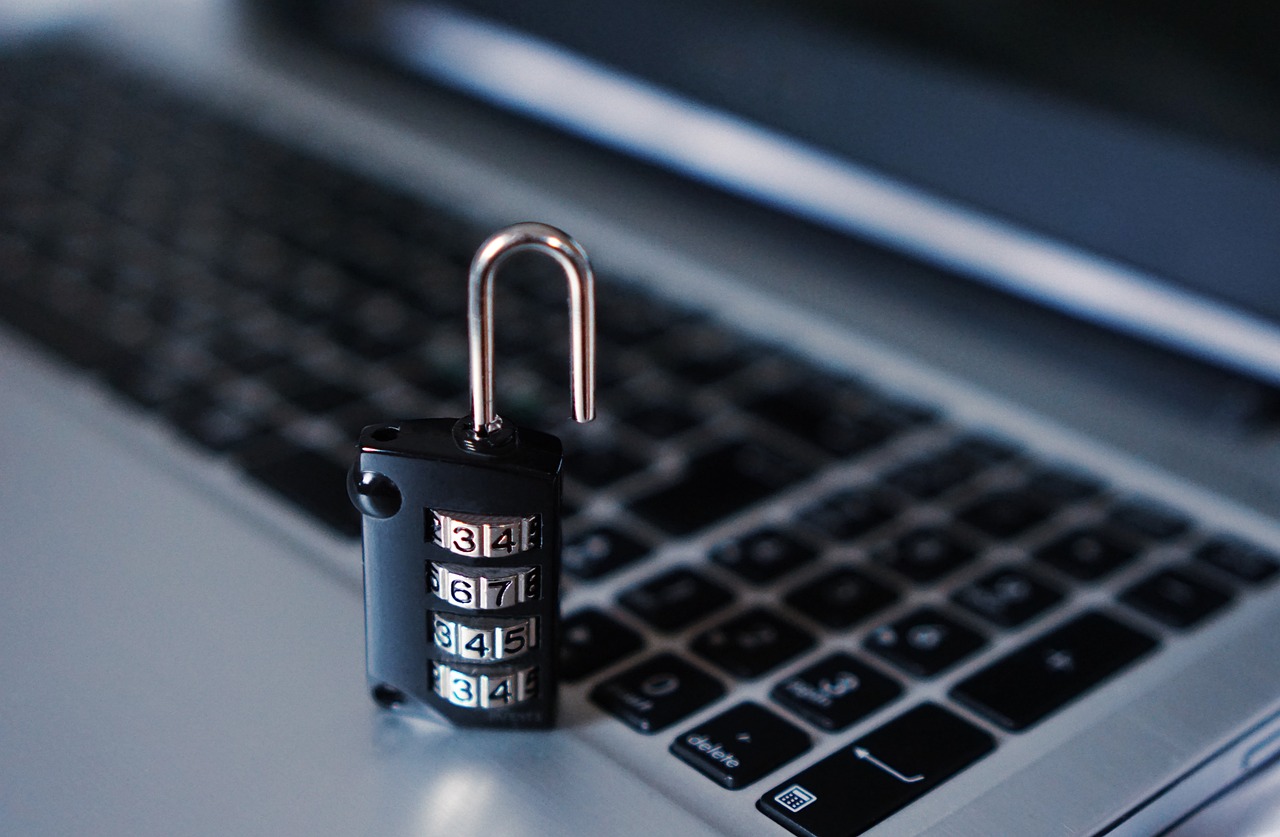
In June 19th 2025, cybersecurity researchers uncovered a humongous 16 billion stolen login credentials circulating online—collected via various infostealers (malicious software that silently snags saved usernames and passwords) from infected devices (indiatimes.com) No single company was “hacked” all at once; rather, these records span 30 separate datasets, each ranging from tens of millions up to 3.5 billion entries, and include credentials tied to major platforms like Google, Apple, Meta (Facebook), Telegram, GitHub, and more (cybernews.com , forbes.com). This leak isn’t recycled from old breaches—it’s fresh data gleaned in early 2025, now weaponizable in targeted phishing, account takeovers, and identity theft
What Exactly Is a Breach?
A data breach is a digital break-in: information that was meant to stay behind a private lock (think passwords, emails, phone numbers, card data) gets copied or leaked to people who were never supposed to see it. Once it’s loose, you can’t reel it back—anyone can download, trade, or weaponize that data.
Why This Breach Is Unprecedented
- Scale Beyond Imagination
At 16 billion credentials, this breach dwarfs previous records—enough username/password pairs to give every person on Earth two sets each. - Infostealers at Work
Unlike a single server hack, infostealers siphon credentials from browsers, messaging apps, and crypto wallets on compromised devices, then exfiltrate them to criminal caches. - Cross Platform Coverage
Credentials link to login pages for Google Gmail and YouTube, Apple ID, Facebook, Telegram, GitHub, Netflix, government portals—and who knows what’s next.
Who’s Affected (Hint: Almost Everyone)
Although no major provider admitted a system-wide hack, leaked entries include login URLs for:
- Google services
(Gmail, YouTube, Google Workspace) - Apple ID
(iCloud, App Store, Apple Music) - Meta platforms
(Facebook, Instagram, WhatsApp) - Others
Telegram, GitHub, VPNs, government and financial sites. Business email compromise attacks and identity theft cases could rise sharply if the data spreads further.
Researchers stress that just because a credential set points to a service doesn’t mean that service was directly breached—these are stolen from user devices, not company servers
What Bad Actors Can Do With It
With your live username-password combo, crooks can:
- Take over accounts and lock you out in seconds.
- Drain wallets by chaining log-ins (email → bank reset link → empty account).
- Launch believable phishing: “We noticed suspicious activity on your Apple ID”—because they really have your Apple email.
- Commit identity fraud: new credit lines, tax returns, even deep-fake-powered scams that look like they came from you.
5 Moves You Can Do Right Now
You don’t have to be a security guru to slam the digital door shut on these creeps. Follow these “It’s not over” moves:
- Use Strong, Unique Passwords
If you’re the kind of person that keeps what I call “mamacaro” passwords for years without changing them; reusing it across Google, Facebook, and others is like using one key for your house, car, and safety deposit box. Switch to a password manager to auto-generate and store complex passwords. - Change Passwords Everywhere
Start with critical accounts—email, banking, social media—then any site you haven’t updated in the last 90 days. I agree it’s not a pleasant task but depending on your habits it can save you. If you have to many account and don’t want to be changing passwords for 1 hour the next point might interest you, even though I still recomend changing your passwords. - Enable Two-Factor Authentication (2FA)
2FA adds a second lock: after your password (first factor), you enter a one-time code from your phone or an authenticator app (second factor). Even if someone nabs your password, they’re still barred at the door - Enable Notification for Breach Alerts
- Set Google/Apple security notifications.
- Subscribe to the free service Have I Been Pwned. Enter your email; it tells you if—and where—it shows up in any breach, and it can auto-notify you next time your data leaks
(We break each step down in detail on our blog and if you need more guidance you can contact us or book an appointment)
Need a Hand?
Fectora exists for moments like this. When headlines scream “16 billion passwords leaked,” we jump in with clear, step-by-step help—no jargon, no scare tactics. Our mission is simple: make online security easy for everyday people. Join us in our Journey by clicking here. Stay safe, stay confident—that’s what Fectora is here for.
Conclusion
This isn’t a drill—16 billion credentials are in play, and scammers are already cooking up hyper-personalized phishing attacks and account-takeover schemes. But you can flip the script: change your passwords, lock down with 2FA, and treat every alert as a call to action. No more excuses. Don’t let those infostealers turn your digital life into their playground.
